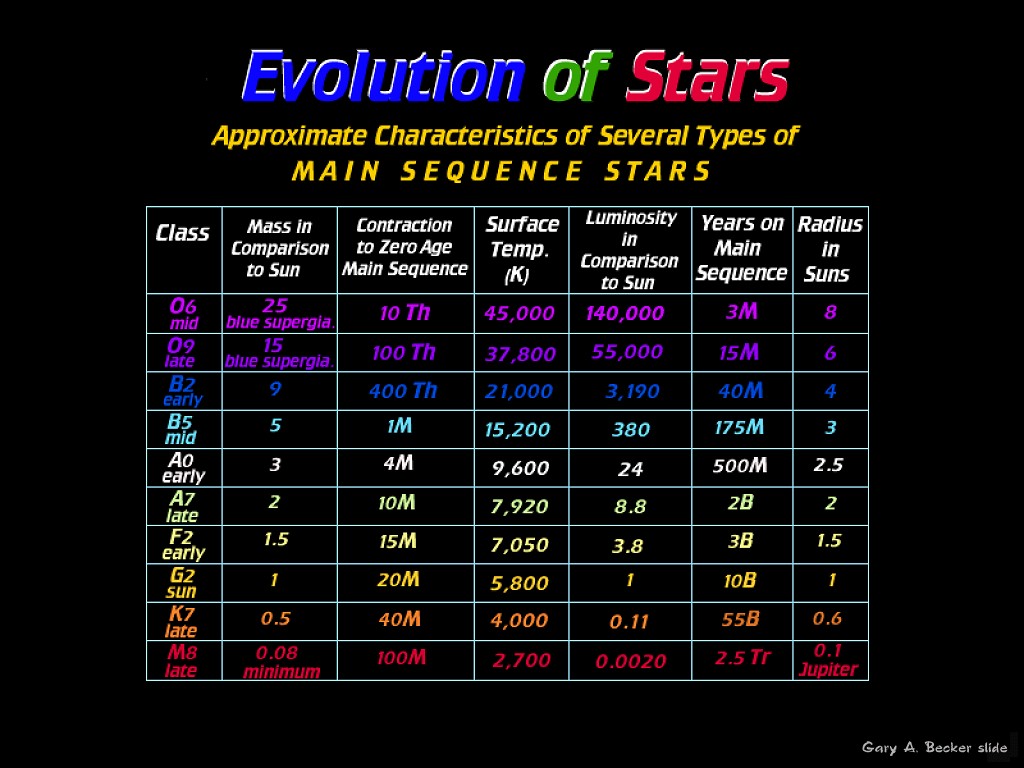The cosmos, a vast expanse of swirling gas, light, and incomprehensible distances, is the stage upon which stellar evolution plays out. In the grand theatre of the universe, stars emerge as protagonists, each embarking on a journey of creation, transformation, and eventual demise. This process, akin to an artist shaping a block of marble into a breathtaking statue, reveals the intricate tapestry of cosmic architecture and the monumental forces that govern it. A reimagining of stellar evolution involves not only a revision of old paradigms but also a revelatory exploration of the underlying mechanisms that govern the birth, life, and death of stars.
The genesis of a star can be likened to the birth of an artist, born from the primordial materials scattered across the cosmic canvas—hydrogen, helium, and traces of heavier elements. In dense molecular clouds, these elements coalesce through a phenomenon known as gravitational collapse. As regions within these clouds become increasingly dense, they give birth to protostars, the fledglings of the cosmic realm. This phase is marked by the accretion of material, with surrounding gas and dust swirling into a spiral, akin to a dress forming around a figure. It is here that the latent potential of nuclear fusion ignites, illuminating the dark corridors of space.
Upon achieving hydrostatic equilibrium, a star enters the main sequence phase—its youth. During this period, hydrogen is fused into helium, releasing an immense amount of energy that counters gravitational collapse. This balance allows stars to shine for millions to billions of years, depending on their initial mass. Lesser stars, like our Sun, engage in a long, steady performance, while more massive stars enter this stage with fervent passion, burning through their nuclear fuel at an astonishing rate. Each tick of the cosmic clock serves as a reminder of their impending transformation, their destinies entwined with the very fabric of the universe.
As stars age, they traverse the stands of stellar evolution, facing challenges that test their resolve. The point at which hydrogen in their cores is depleted signals a dramatic turning point—the symphony shifts. For low to intermediate mass stars, the transition is somewhat serene. They expand into red giants, their outer layers swelling and cooling, painting the skies with hues of crimson and ochre. Ironically, this inflation belies the turmoil brewing within. As the core contracts under gravity’s embrace, helium begins to fuse into carbon, igniting a newfound vitality within. This metamorphosis creates an intriguing duality, a star simultaneously embracing its end while forging the elements essential to future generations. In this sense, stellar death begets new life—a poignant recollection of the cyclical nature of existence.
Conversely, massive stars embody a more explosive narrative. Their evolutionary path culminates in a cataclysmic finale known as a supernova. As the core collapses, temperatures soar, allowing the formation of heavier elements through rapid neutron capture processes. The outer layers of the star, unable to withstand the forces unleashed, are cast off into the cosmos. Such an eruption serves not merely as an end; it heralds the birth of novas and black holes, captivating phenomena that captivate our imaginations and challenge our understanding of physics. In this cyclone of destruction, the universe harvests the materials necessary for the creation of future stars, planets, and ultimately life itself.
The aftermath of stellar explosions reshapes the cosmic landscape—interstellar clouds rich with heavy elements scatter across the universe, paving the way for the next generation of astronomical bodies. This cyclic process epitomizes the concept of cosmic alchemy, as stars disperse elements that give rise to planets, atmospheres, and possibly life. Nebulae can be perceived as stellar nurseries, where the remnants of previous generations lay the groundwork for future celestial births. Each new star is a testament to the adaptive resilience of the cosmos, carving pathways in the galactic narrative.
As we reflect on the intricacies of stellar evolution, it becomes paramount to consider the implications of our understanding. The evolution of stars influences not only the structure of galaxies but the very existence of habitability across the cosmos. The interplay of stellar lifecycles beckons us to ponder our place within this grand narrative. Just as stars forge elements in their core, so too do they engender the conditions under which life can flourish elsewhere in the universe.
The metaphor of a grand shake-up in the stars speaks to a dynamic, ever-evolving universe—one characterized not by monotony but by a vibrant continuum of transformation. The phases of stellar evolution serve to remind us that even in life’s most tumultuous moments, there exists the potential for beauty and rebirth. As we gaze into the night sky, we are not merely spectators; we are connected to the very processes that have shaped our world and continue to affect future generations. Each twinkle from afar holds a story of creation, metamorphosis, and dissolution—a celestial reminder of the fleeting nature of existence.
In conclusion, a reimagined perspective on stellar evolution encourages a richer appreciation of our cosmic surroundings. Through intricate processes of birth, life, and death, stars exemplify the profound interconnectedness of all celestial phenomena. Their legacy, etched across the canvas of time and space, inspires a sense of wonder and curiosity, reminding us of the vast, uncharted territories that lie within and beyond our astronomical understanding.












